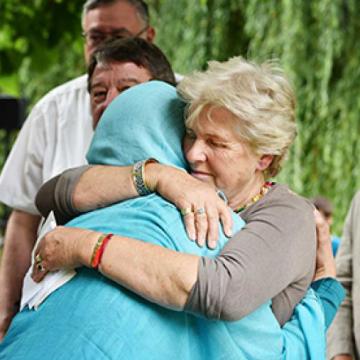How to Take Great Photos with Any Camera
Description:
How to use:
URI’s network thrives when people share stories of the work they are doing to inspire and connect with one another. When you send photos of your work to be featured on URI’s website, you allow your story to come alive for people all over the world. Photos catch people’s attention far better than words alone.
Since the connection aspect of our work is most important, I don’t want anyone to get discouraged from taking pictures just because they don’t have the newest or most expensive camera. No matter what camera you have, there are steps you can take to get the best possible photos.
1) More light is better.
If you can, take photos outdoors during the day. If you have to photograph indoors, try to get your subjects near a bright window or under a bright light.
- Important: Position your camera between the person and the light source. Never photograph someone who has their back to a light source, or their details will be lost in shadow.
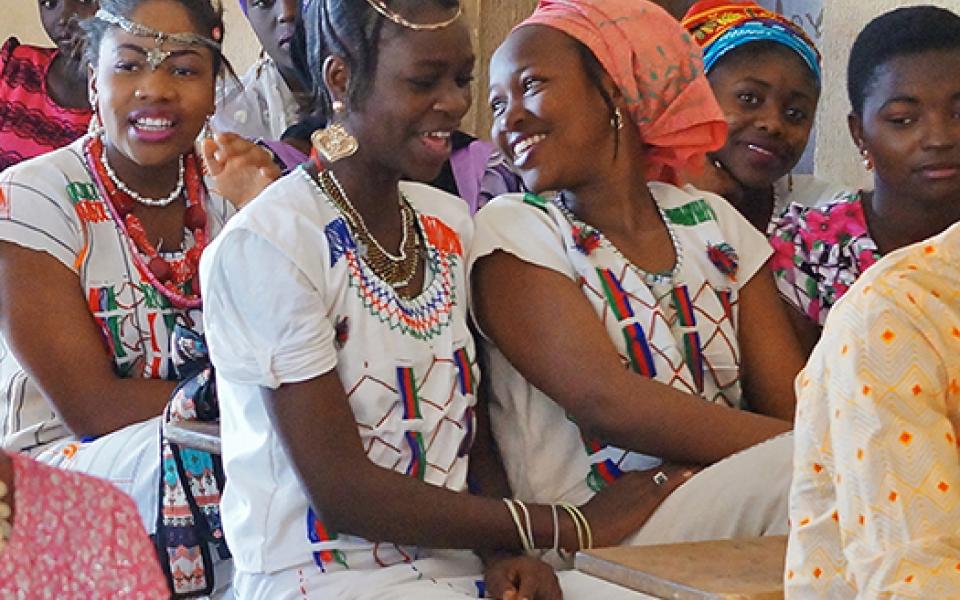
This photo from the West Africa Assembly is a great example of using light from a window effectively. See the difference between the woman facing the window and the woman not facing the window. Try to position people so light highlights their faces, like the center-right woman.
2) Use a steady surface.
Keeping your camera steady means your picture won’t be blurry. Sometimes even the small action of a finger pressing the button to take the picture is enough to blur a shot. Find a table, window, shelf, or any steady surface where you can place the camera.
If possible, set the camera’s timer function for a few seconds in the future, so you can take your hands off the camera and let it be absolutely still as the picture takes.
When there is no steady surface available, grip the elbow of the arm holding the camera and pull it tight to your chest to steady yourself. You can also lean against a wall or a tree.
- Important: If your photo still looks blurry, ask the people in the photo to keep as still as possible too. (But try not to bother them with this request unless you can’t get a clear photo otherwise, since it can make people feel less comfortable and look less natural.)
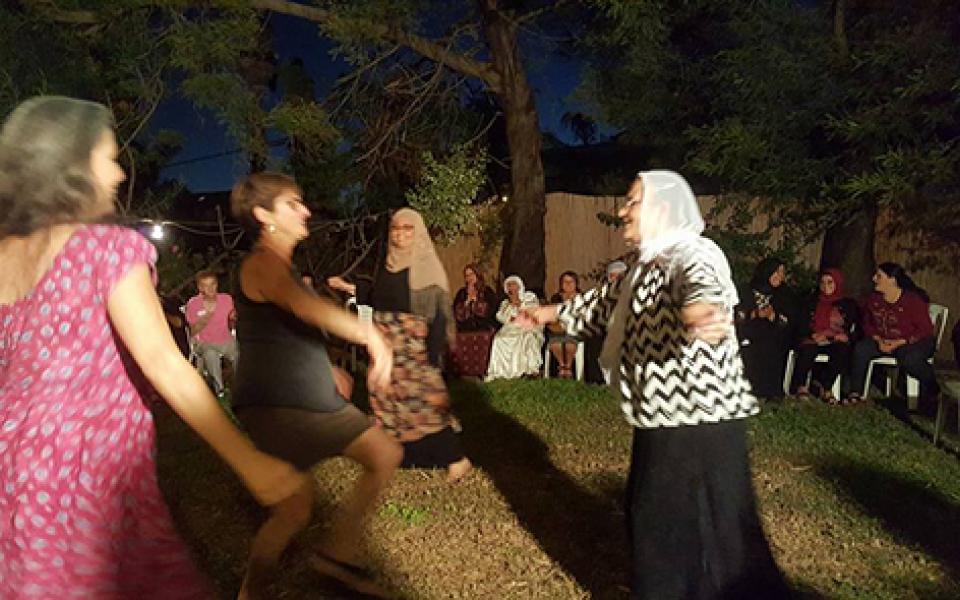
When people are moving quickly, especially in low-light situations, as in this photo from Trust-WIN CC, it is especially important for you to hold the camera steady to minimize the amount of blur. A little bit of blur is fine as long as the important parts of the photo are in focus.
3) Compose Interesting Shots
Don't just tell everyone to line up in front of the camera. The purpose of the photos is to help us all connect better, so try to take photos showing people do what they do best. For example, if a person works with schoolchildren, take a photo as they bend over a student's desk. If a person works with free trade coffee, take a photo as they tend coffee plants. Let the picture tell the story of the person’s personality.
Many indoor rooms look alike, so try to find unique photo backgrounds that could only be taken in your specific location. Anything, like local art, furniture, architecture, food, plants and trees, landscapes, or landmarks will give the flavor of where you are.
- Important: Try snapping photos of people in action without interrupting them. They will look more natural if they have not paused in their activities to stand up straight and smile for the camera. Just make sure to get their permission to share the photo afterwards, if they don’t realize it was taken.
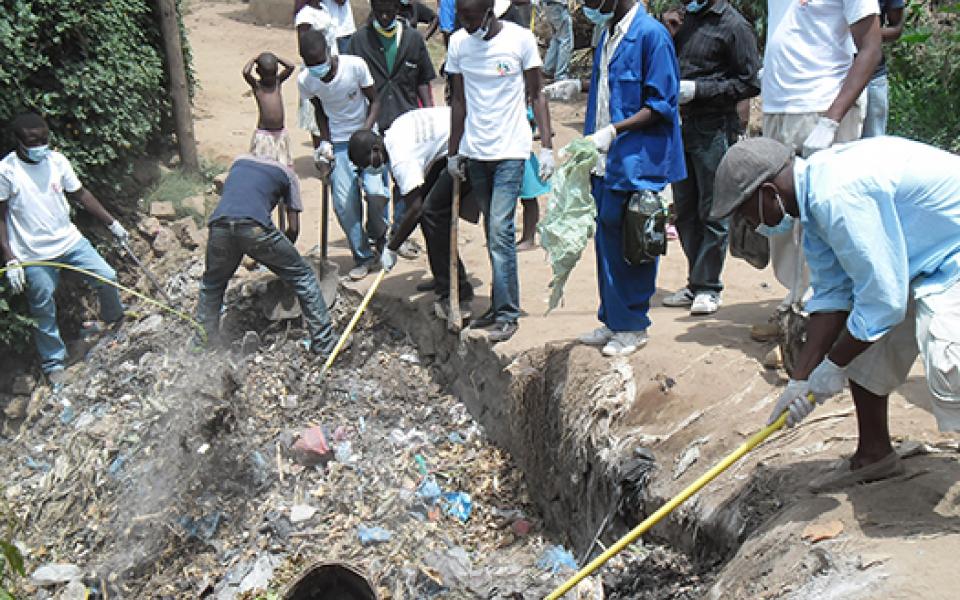
A great photo from Blantyre CC showing people in action, not posed for the camera.
4) Take more than one photo
Take a few photos at a time, and you can choose your favorite one. That way even if the person closes their eyes or one of the shots doesn’t come out well, you will have other photos that look better.
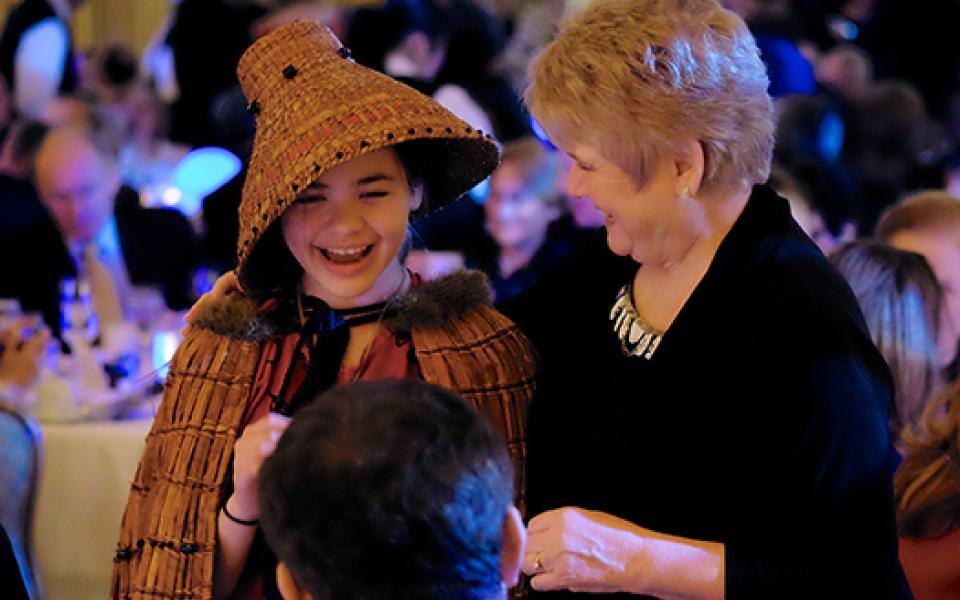
This photo was timed exactly right to catch both Ta'Kaiya Blaney and Monica Willard smiling naturally.
Help your photos look their best on our website! The ideal photo for URI’s website is:
- Horizontal, not vertical
- At least 2000x1000 pixels
- At least 72 pixels/inch (or 300 if we are going to include it in printed publications) Remember, higher numbers are better!
- The photo ideally comes with a short caption introducing the people in the photo and explaining their actions.
Submit photos of your URI Cooperation Circle's work, along with a short explanation, to: [email protected]
Want to learn more? See "What Makes a Great Story?"
Resource Type:
